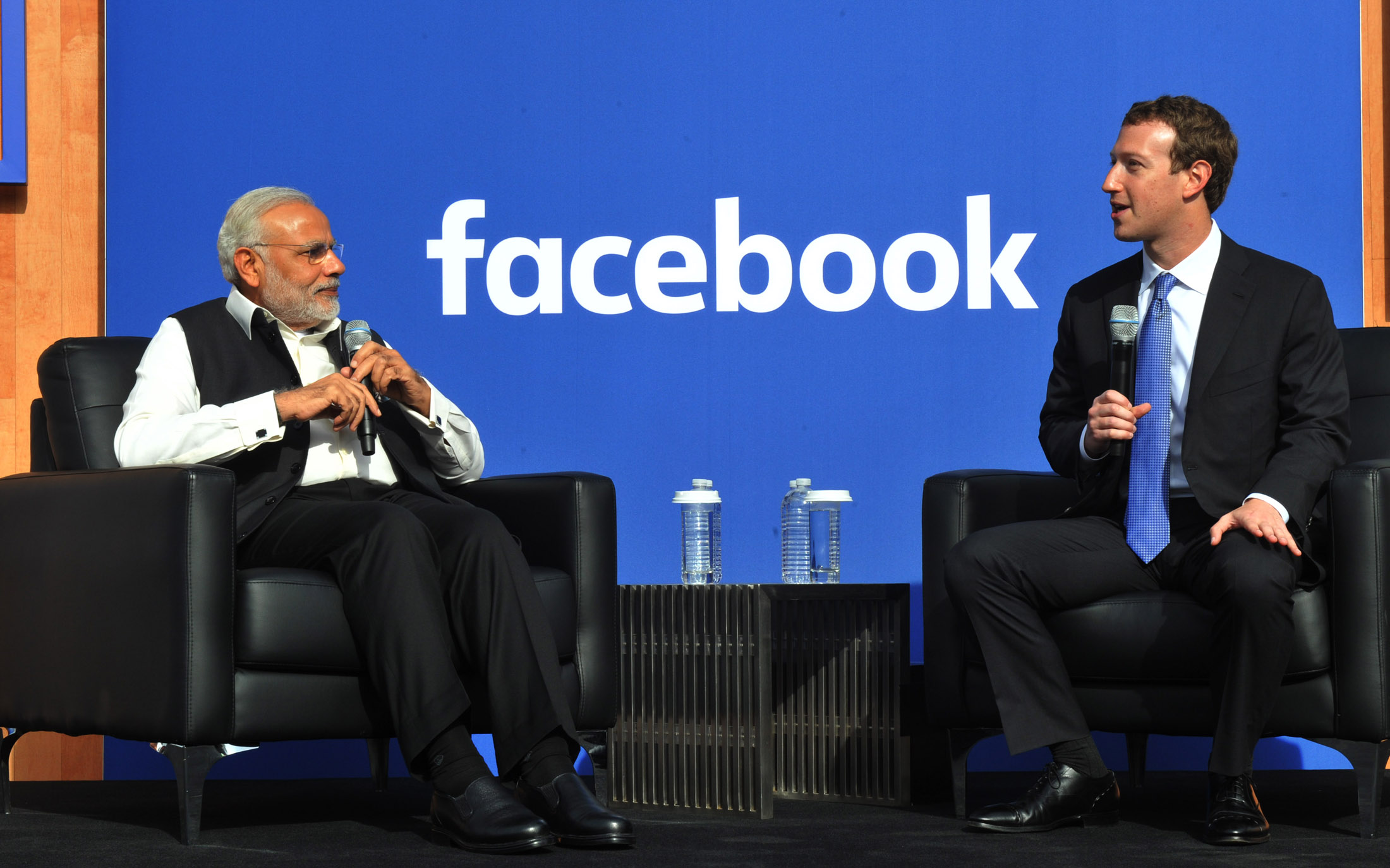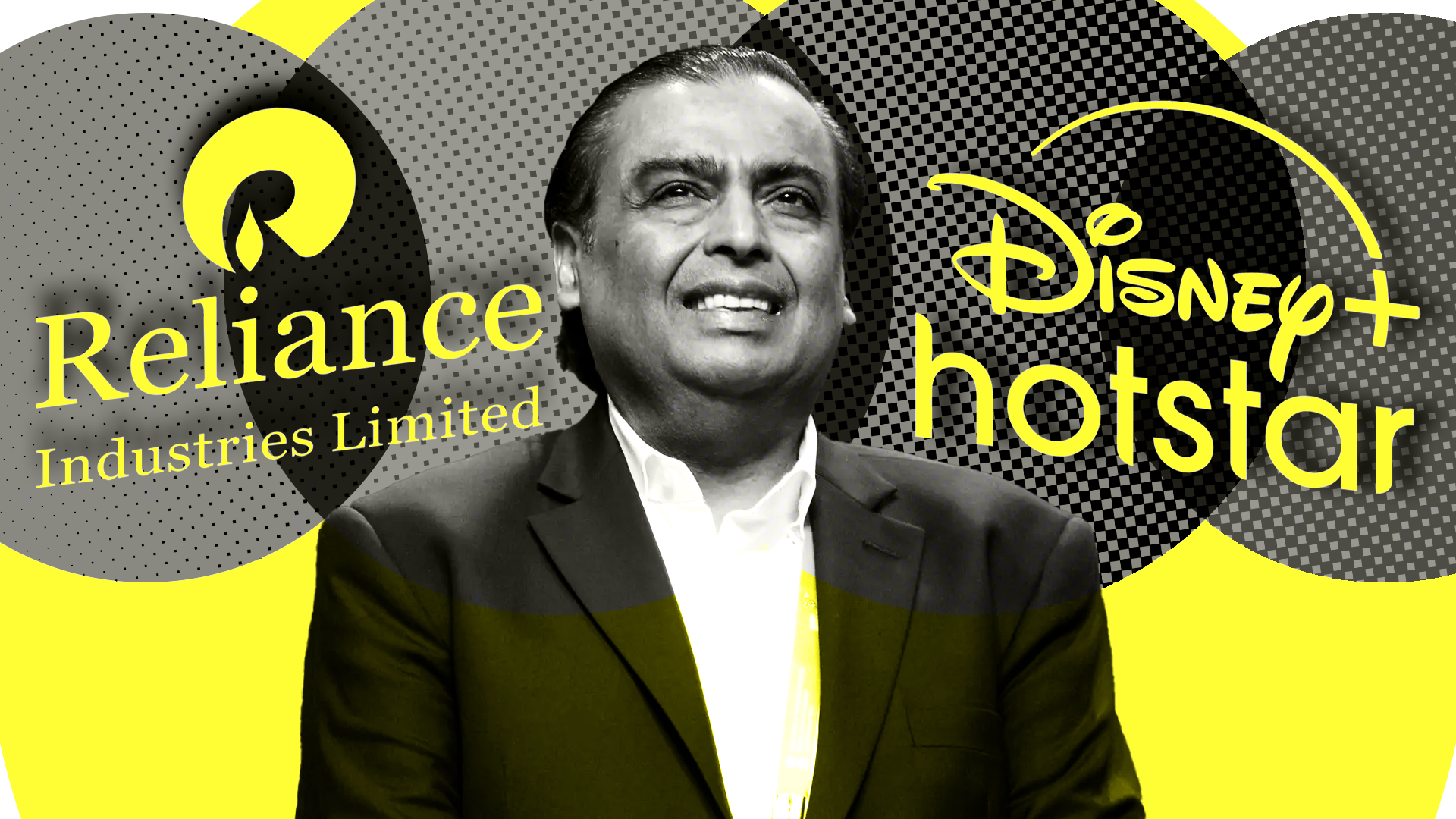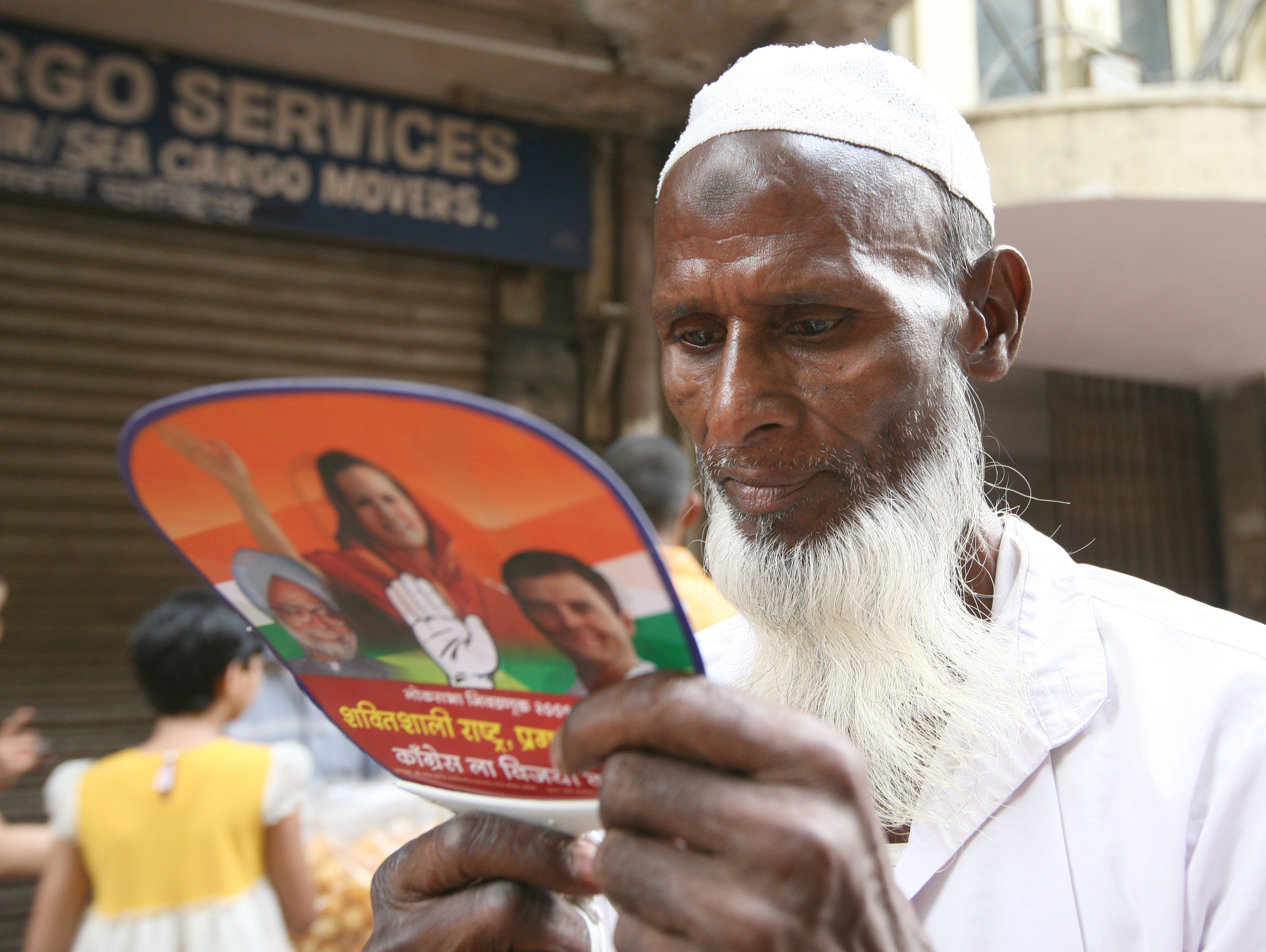Accurately measuring the country's viewing audiences could reshape India's media landscape. But policymakers have a part to play too.
 With so many channels on TV, and immense diversity in audiences, figuring out who’s watching what is no easy task. : Peter Geo/Unsplash Unsplash licence
With so many channels on TV, and immense diversity in audiences, figuring out who’s watching what is no easy task. : Peter Geo/Unsplash Unsplash licence
Accurately measuring the country’s viewing audiences could reshape India’s media landscape. But policymakers have a part to play too.
How many people are watching your TV programmes can determine whether your media company flourishes or fails.
It also influences what content is produced and who it caters to, which is crucial in a country as diverse as India.
But current audience measurement systems are falling short.
In April 2024, the Telecom Regulatory Authority of India issued a consultation paper proposing an increase in the sample size used by the Broadcast Audience Research Council to measure television audiences, to better address this issue.
The size and socio-economic demographics of the audiences that programmes, websites and apps attract determine the advertising rates they can command.
To maintain neutrality, industry participants typically commission an independent third party, such as the Broadcast Audience RC or Nielsen to measure what media the audience is consuming.
This data not only informs advertising placements and pricing but also guides decisions on content production.
Media regulators, like the Telecom Regulatory Authority of India, espouse the “diversity principle”, which seeks to ensure that media content reflects the diverse population of the country encompassing various languages, cultures, religions and social groups.
Making diverse content available is not enough; it is also essential to ensure that it is consumed. Researchers refer to this as “exposure diversity”, which is primarily assessed using audience data.
Policy interventions in audience measurement could potentially ensure that media content serves the public good and not just commercial interests, but governments rarely regulate audience measurement directly, leaving this enterprise to self-regulation by the industry.
The sample size debate
Measuring media audiences typically involves recruiting a panel of households with metered television sets.
This data from tens of thousands of households is then extrapolated to estimate the viewing behaviours of the entire population, resulting in the all-important TV rating points.
Whenever controversies arise regarding the accuracy of these ratings, critics often point to the low sample size.
Over the past two decades, critics have argued that samples of 5,000, 20,000, or even 50,000 households are insufficient to represent India’s vast population. Consequently, regulators such as the Telecom Regulatory Authority of India have suggested increasing the sample size.
However, this discussion often overlooks a crucial detail: the required sample size for large populations is independent of the total population size. It depends more on the diversity of viewing habits.
Imagine if India had only one channel, with every household owning one television. In that case, a sample size of just 100 people might suffice to estimate ratings.
But India comprises numerous socio-cultural regions, each with unique audience behaviours. To capture viewing behaviours each subgroup of the population must be represented adequately. As content catering to these regions has expanded, the need for larger samples has become evident.
The current sample size of 55,000 certainly needs to be increased, especially given the rapid growth in the number of television channels. There were 905 satellite TV channels in the financial year 2022-23.
Other controversies surrounding ratings have focused on the unreliability of ratings for news channels and the ease with which these numbers can be manipulated.
Advertising on news channels is often not based on ratings, but on how salient a news channel’s brand is and the estimated affluence of its audience.
While assessing exposure diversity in news consumption is crucial for policy considerations such as the diversity principle, current recommendations to increase sample sizes are unlikely to address this issue effectively.
Moreover, the imperfections in viewership of news channels alone are unlikely to persuade the industry to broaden the scope of audiences they’re measuring.
Measuring online audiences
For newer ways of consuming media — such as social media platforms, websites and mobile apps — measuring audiences increasingly relies on web analytics rather than just sample-based user panels.
Often, consumption occurs within the walled gardens of platform giants like Meta and Google, where metrics are provided by the platforms themselves rather than by third parties.
This dynamic, according to both academic research and industry participants, results in measurements becoming less transparent and arguably less objective, despite consumption behaviours being easier to capture at scale.
Policy consultations ought to consider how to assess exposure diversity in this complicated environment.
The Telecom Regulatory Authority of India has pointed out that audience measurement needs to catch up with how people watch TV today.
They suggested having multiple agencies to encourage competition and improve data quality but have been vague about how they might coexist.
However, history shows us that disputes in audience measurement often lead back to a single-provider model. When multiple players have competed, they’ve usually served distinct interests.
For example, before the Broadcast Audience Research Council, two companies, TAM and aMAP both provided TV viewership data in India.
My own study found that only TAM was used as a currency for advertising, while aMAP helped with making internal decisions to tweak content . Eventually, since aMAP could not be accepted as a currency it folded around 2012.
This familiar pattern in audience measurement competition has played out in several countries including the United States.
There, Audits of Great Britain and Nielsen, once competitors, ultimately teamed up to expand their combined global presence. So, even with multiple players, reducing bias or challenging the Broadcast Audience Research Council’s monopoly seems unlikely.
The contemporary media ecosystem in developed markets such as the United States features multiple audience measurement providers that coexist and can be seen as competitors, yet they cater to fairly distinct stakeholder interests.
For example, Nielsen measures linear (traditional) TV viewing, while ComScore assesses multi-platform online traffic, among other metrics.
Facebook and Google provide their own metrics, which companies like Nielsen incorporate into their measurement products.
Local audiences matter
Policy consultation on better measuring audiences in India has overlooked the need to establish separate local audience measurement systems, which report viewership separately for each subnational region.
Local audience measurement is vital for ensuring regional and community-specific content gets the attention and resources it needs.
This helps foster local cultures and provide relevant content to smaller, distinct communities within a larger nation.
In the United States, audience measurement became a policy issue, especially regarding the diversity principle and particularly at the local level.
The television industry in India until the early 2000s was dominated by the preferences of the major metros and the Hindi-speaking regions.
In the last two decades, a lot of the growth across genres has been in regional content in local languages other than Hindi. Yet small towns and rural India and certain regions such as Kashmir and the northeastern states remain underrepresented in measurement systems .
The logistical difficulty in physical access and their relatively low economic potential for advertisers disincentivise the industry to expand its measurement ambit to include these regions or build parallel local audience measurement systems. Only a regulatory interest along with a subsidy could help address such measurement blindspots.
The current scope of audience measurement may not be doing enough to fully assess exposure diversity in India’s various regions.
Yet this aspect of measuring local audiences is missing from media policy consultations.
A persistent lack of regulatory framework has largely facilitated the growth of media in India, particularly since the economic reforms of the early 1990s enabled the expansion of television.
Policy measures regarding audience measurement appear to reflect a similar pattern.
Harsh Taneja is Associate Professor of New and Emerging Media at the University of Illinois Urbana-Champaign. His research focuses on media industries and audiences. He is interested in how audiences form given the growth in media choices. He also closely tracks the implications of changing audience measurement practices in the industry as media forms and technologies evolve.
Originally published under Creative Commons by 360info™.













